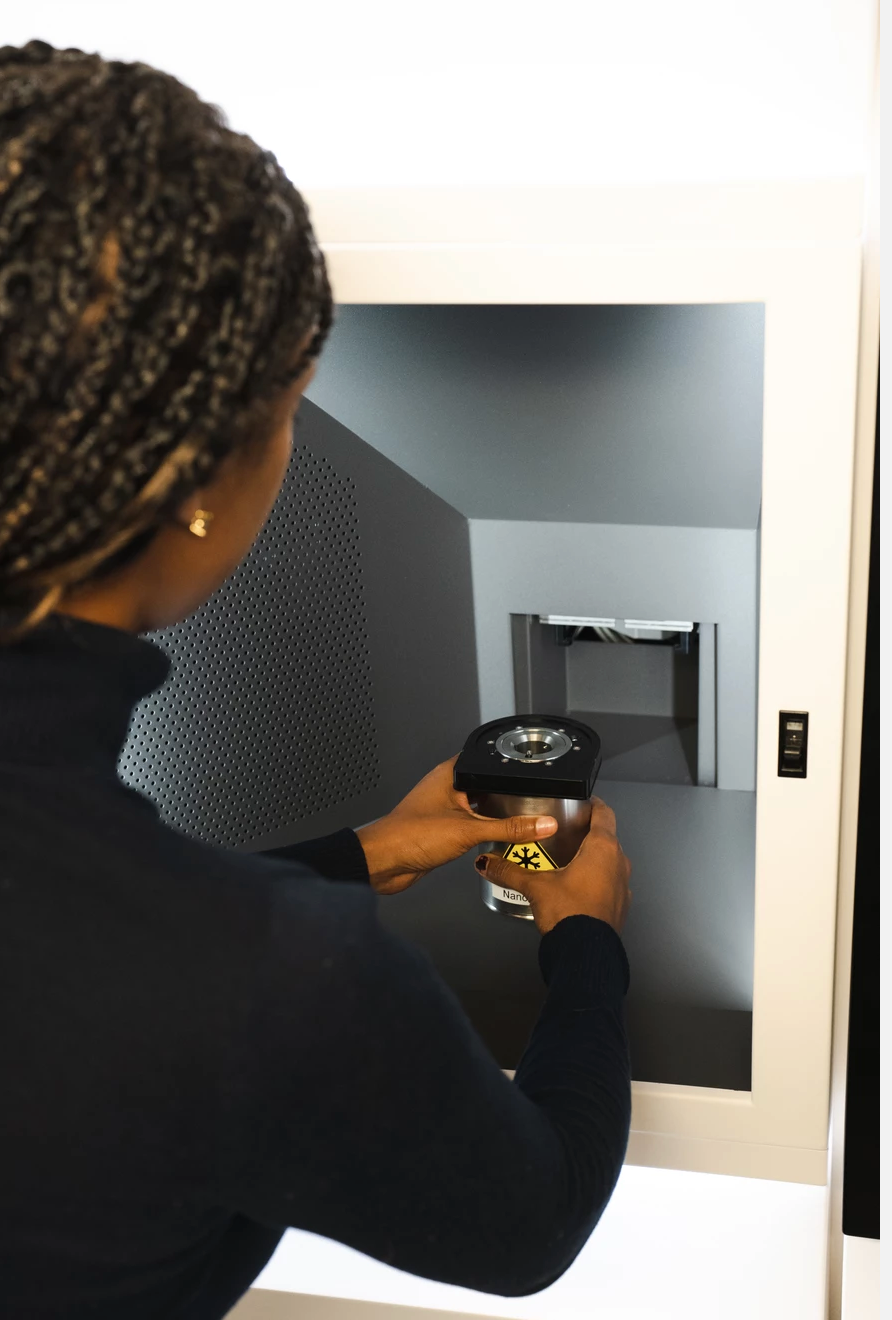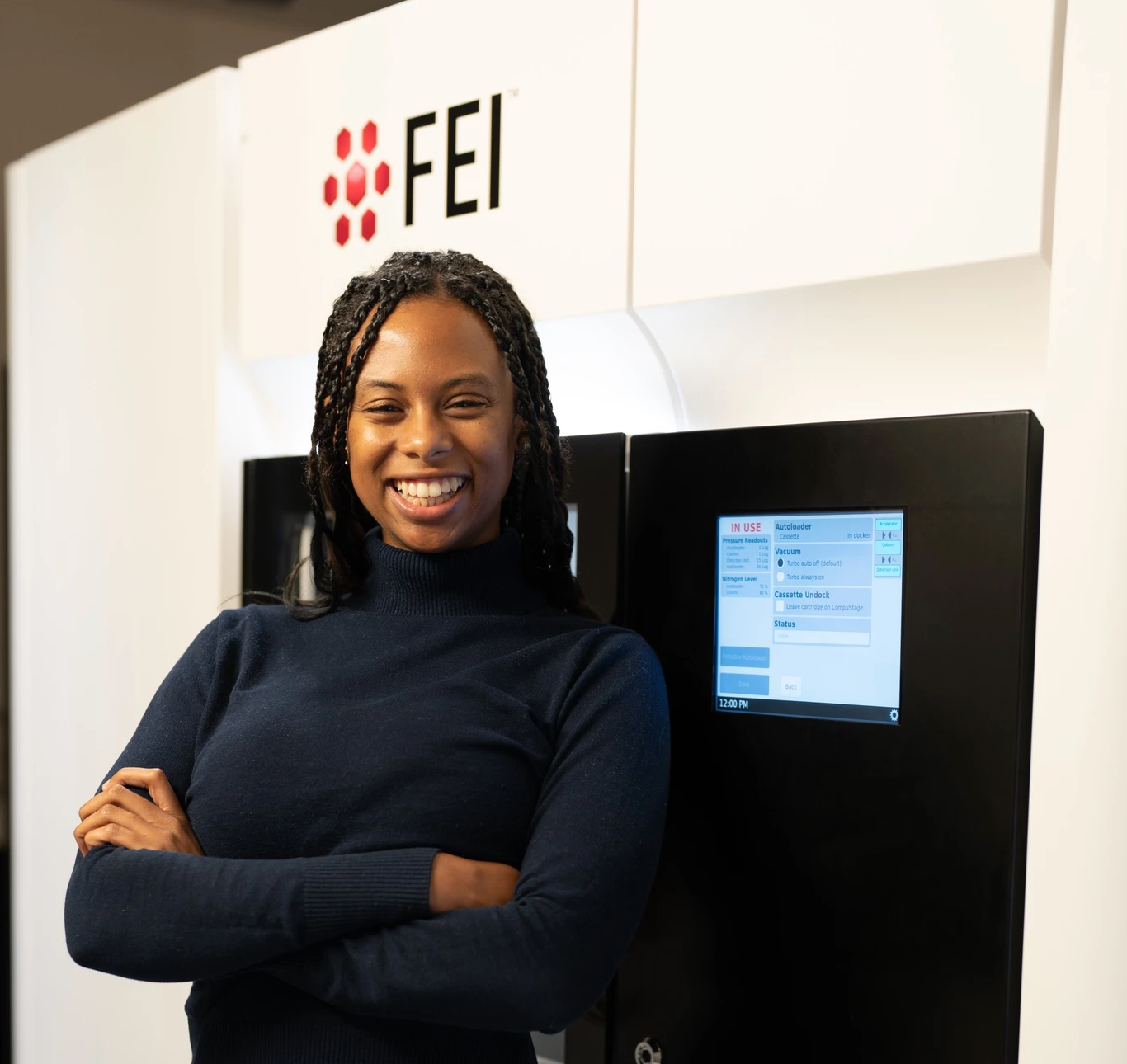Okay - this is officially my first blog post and I am so happy you are here! In this post, we'll talk about how to get a PhD in 4 years or less.
When I was 13, something life-altering happened to me. Someone very special to me was born was a rare genetic condition, one in which the cause still remains unknown today. This discovery shocked me. There were still unanswered questions in the world. Big unsolved problems.
Fast-forward to 2015 and, there I was, 22 and starting my PhD at UC Berkeley in the Department of Molecular Cell Biology and the Division of Biochemistry, Biophysics and Structural Biology (BBS). In short, I was scared, shitless. I knew to get through this I would need three things: 1) Structure (pun intended), 2) Luck and 3) Community.
- Structure
Every PhD program is different. I applied to the Molecular Cell Biology (MCB) PhD program at UC Berkeley because it was an umbrella program, meaning it was broad and multidisciplinary. There were 5 divisions: BBS, Developmental and Cell Biology (CDB), Neuroscience, Immunology, and Genetics, Genomics & Development (GGD). With so many options, faculty host "FERPs" or Faculty Evening Research Presentations. Think dinner, beer, world-renowned scientists, and nervous - less nervous after the first few beers - 1st-year graduates all in the same room, 3 nights a/week for the first 5 weeks of the first semester. It was a "find-the-best-mentor" bootcamp.
FERPs provided structure to help us make the biggest decision of our lives, after of course who you chose to marry: who you chose as your scientific advisor. A PhD at its core is an apprenticeship, so you choose can make or break your experience. We heard from Nobel laureates, Randy Schekman and Jennifer Doudna, and huge personalities like Mike Eisen, who has sat on the boards of Impossible Foods and 23andMe. I felt like a kid in a candy store - completely overwhelmed by all of my incredible choices.
Then one night, I met Dr. Eva Nogales. She was the only professor who gave a chalk talk - no slides, just scribbles of microtubules, or the "bones" of the cell as I like to call them, all over the board. I'm not sure whether it was quick banter or her extremely high ponytail, but she was unapologetically herself - which I loved. She was also surprisingly sensitive to my story - she remember small details about my family and talked about empowering women in STEM. It's the little things.
One of the best pieces of advice that I got was to chose an advisor that you want to "think like". I loved the questions she asked and how curious she was - she wasn't afraid to ask or say what was on her mind, which really impressed me. She was also an expert in an emerging technique called cryo-electron microscopy, that provided an amazing opportunity to gain experience with, at the time a, a very niche methodology that involves flash-freezing solutions of proteins or other biomolecules and then firing electrons at them to produce 2D microscope images of individual molecules. These 2D images can then be used to reconstruct the 3D shape, or structure (hence, the pun), of the molecule. Amazingly, 3D maps of macromolecular structures are great guides to understand how proteins work, how they malfunction in disease and how to target them with drugs.
And just like that, I had made my decision.
2. Luck
One of my favorite quotes is “Luck is what happens when preparation meets opportunity”, by Roman philosopher Seneca. I got very lucky my first few years at Berkeley. My undergraduate experience at Grinnell College, not only made me enthusiatic about science, but also about writing. This enthusiam helped me secure two predoctoral grants my first year, from the National Science Foundation and the Ford Foundation and helped me to feel confident in my classes.
I did something dramatic for my PhD. I jumped headfirst into a completely new field. I had never done transmission electron micropscopy or written a line of code. However, Eva was very strategic regarding the first project she put me on: the acetylation project. Multiple people in the lab had tried to get this project off the round and had little luck, so the stakes were low. But if I could get it to work, it would be seminal for the microtubule field, as evidenced by a previous graduate student's work on the same project. There was a hunger for this work, which really motivated me.
To set the stage, the misregulation of tubulin acetylation was linked to axonal transport defects associated with Huntington’s disease, Charcot–Marie–Tooth disease, amyotrophic lateral sclerosis, Parkinson’s disease, and the growth of “microtentacles” that promote metastatic breast cancer. While these studies imply that tubulin acetylation has an effect on axonal growth and transport, a mechanistic, causative model is still missing.
This project was a great exercise to identify my strengths and weaknesses:
Strengths: Critical thinking, Leadership, Social, Communication, Adaptability, and Creativity skills.
Weaknesses: Technical and Analytical skills. And, umm... "Highly Emotional" (especially during my PMS).
Interestingly, Berkeley does not have a thesis defense requirement. That's right - you do not have to "defend" your thesis. Which means, there is a greater emphasis on our Qualifying Exam. You choose four prestigious faculty at Berkeley to "judge" your progress, so far. It is as subjective as it sounds. I was very lucky. Eva was training me for the acetylation project, she understood my strengths and weaknesses and met with me weekly one-on-one, even when she was traveling, to ensure I was ready both intellectually and emotionally. I was one of the few Black people to take the exam since the program started in the 1930s. Needless to say, I felt the weight of the world on my shoulders and my imposter syndrome was at an all time high. And my class was competitive. There were bets on who would pass and who wouldn't. Think Industry on HBO, but science vs. finance.
Thanks to Eva, Rui Zhang (a wonderful, talented postdoc in the lab), and a little bit of luck, I walked in with a draft of my first paper that was published within a year in the Proceedings of the National Academy of Sciences, as well as a proposal of what would be my second published a few years after that in Science. Thankfully, I walked out a PhD Candidate (what we call the rookies that survive).
Beyond the acetylation project, there were two more opportunities, where combined with my "prepareness", I could get lucky: 1) a microtubule conference in Heidelberg, Germany and 2) getting the chance to "mentor" and work with Jaime Fraser, an esteemed faculty member from UCSF everyday, for 6 months during his sabbatical at Berkeley.
In Germany, I got the chance to present my work to a huge audience, and start to develop my public speaking skills. And working with Jaime helped accelerate my progress and get me in the right "circles". Bata bing, bata boom, I was getting job offers by the end of my third year and won an award for doctoral thesis: the 2020
3. Community
The final aspect of advice that I will give to young trainees pursing a PhD is to invest in building your community.
I love all the intellectual and scientific bars of gold that Berkeley has to offer, but I learned early on that the culture could afford to be much more inclusive and accessible to historically oppressed communities. I, essentially, told the department exactly what I needed to feel safe, and they helped me develop inclusiveMCB (iMCB). Five years later, iMCB, now iBio, has become a safe haven for students, trainees, and faculty to connect, grow and empathize with each other. iMCB became an incredible space to seek refuge and support intellectually, emotionally, and financially.
In the end, with the right amount of structured mentorship, a motivating scientific project, and just a little bit of luck, you can graduate with your PhD, too.
Lots of love,
Lisa


